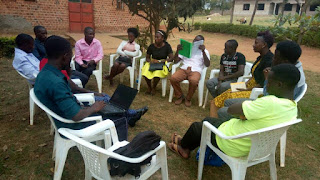We bring you tips for successful planning:
• Establish why you need to hold a public meeting and design your meeting to meet these specific needs. Do not hold a meeting to simply meet a regulatory requirement; this wastes people’s time, and may create disinterest for future involvement
• Consider a series of meetings, rather than a single event. If you try to do too much in a single meeting, you will achieve little as people will not be able to understand the full range of information you are trying to provide. Instead, consider the learning and deliberation journey required to solve the problem and identify strategic meeting points throughout the overall public participation process
• Publicize and advertise the meeting broadly. Make sure to put information in places where stakeholders go for their community information. Reach out directly to the range of interests who should be in attendance and extend personal invitations
• In all advertising, clearly state the goal of the meeting, how it will work, and why stakeholders should attend. State the beginning and end times but avoid providing information about smaller time segments
• Public meetings are often a focal point for media interest. Invite media and provide them with specific information that will help them to cover the meeting accurately
• Take photos to provide a record of the event
• Videos of the presentations can be produced to stream on the web and provide a resource to those who could not attend
• Produce a clear summary of the meeting and distribute widely
• Book a venue that allows for flexibility as to numbers of attendees
• Venue should be located directly in the affected community if possible, or in a neutral area if not
• Provide refreshments
• Conduct the meeting at a time that is most convenient for the community
• Make arrangements for people with disabilities or with language interpretation needs
• Arrive and set up early
• Test all equipment and arrange seating to maximize interaction of participants
• Greet everyone as they arrive and make them feel welcome
• Ask participants to agree to ground rules or behavioral guidelines at the beginning of the meeting
• Present the agenda and explain the purpose of the meeting, how it will work, expected outcomes, and how/where it fits into the overall public participation process
• Facilitation is essential
• Make sure to create a safe and secure environment for all voices to be heard and to avoid allowing the meeting to be taken over by vocal community members
• Be flexible; issues may arise that can change the agenda or ability to address certain issues
• Record all input and comments; summarize what you have heard at the end of the meeting and let participants know what you will do with their input and what to expect next in the process, especially opportunities for ongoing participation.






No comments:
Post a Comment